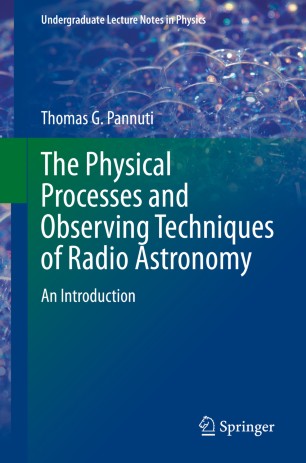

Most ebook files are in PDF format, so you can easily read them using various software such as Foxit Reader or directly on the Google Chrome browser.
Some ebook files are released by publishers in other formats such as .awz, .mobi, .epub, .fb2, etc. You may need to install specific software to read these formats on mobile/PC, such as Calibre.
Please read the tutorial at this link: https://ebookbell.com/faq
We offer FREE conversion to the popular formats you request; however, this may take some time. Therefore, right after payment, please email us, and we will try to provide the service as quickly as possible.
For some exceptional file formats or broken links (if any), please refrain from opening any disputes. Instead, email us first, and we will try to assist within a maximum of 6 hours.
EbookBell Team

4.0
46 reviewsThis is a textbook for undergraduate courses on radio astronomy. Written by an active professor and researcher in the field, it begins by explaining why conducting observations at radio frequencies is so important, then reviews essential physics concepts corresponding to a sophomore-level curriculum or higher. Next, the book introduces students to single dish telescopes and interferometers. The most commonly encountered emission mechanisms seen in radio astronomy are then explained, along with examples of astronomical sources broadly divided into the types of sources seen in galactic and extragalactic observations.
Each chapter provides examples and exercises suitable for homework assignments. Also included is an appendix of useful supplementary material. Altogether, the book is a comprehensive, yet digestible starting point for physics and astronomy undergraduates looking to understand the basics of radio astronomy.